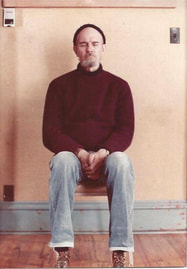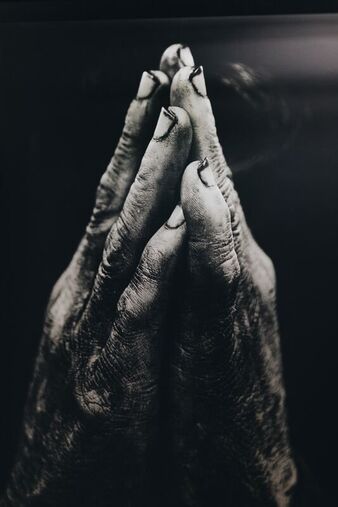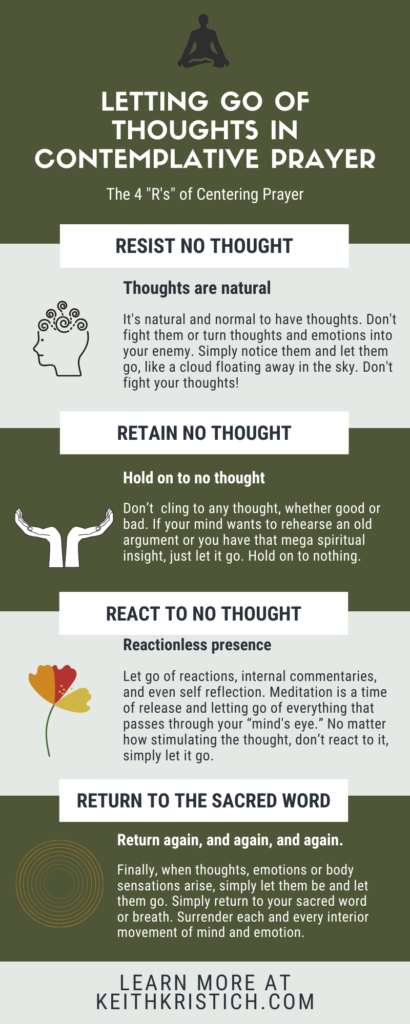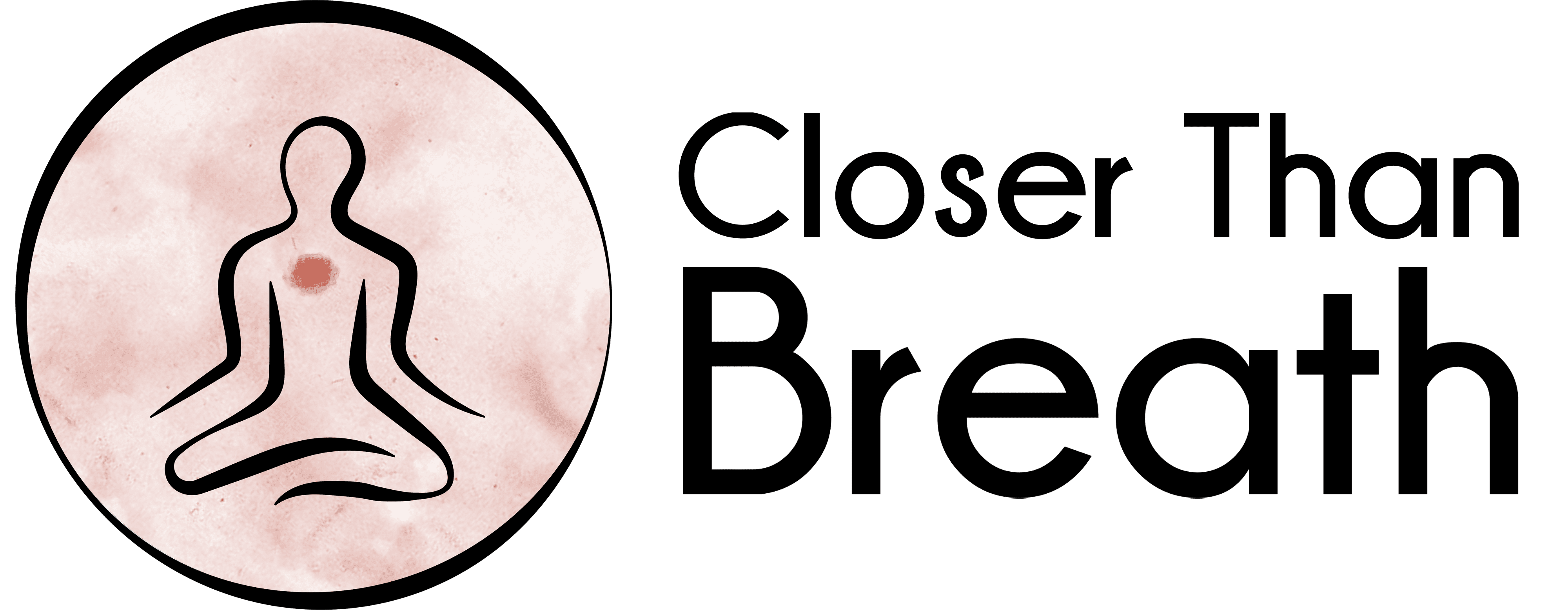Contemplative Prayer and Trusting Openness
Interior silence.
Luminous seeing.
Resting in God.
These are just a few of the words associated with contemplative prayer, the ancient form of Christian meditation practiced by the Desert Fathers and Mothers of the early church.
Today, many people practice various forms of contemplation in the context of their own homes. Contemplative prayer, once only practiced by “religious professionals” like monks and nuns has now broken out of the monasteries and is practiced my the “ordinary” person.
Of contemplative prayer, modern day mystic and teacher Cynthia Bourgeault writes:
“In essence, contemplative prayer is simply a wordless, trusting opening of self to the divine presence.”
Contemplation is simply a way of opening and surrendering to the Divine Presence deep within us.
It is “wordless” in that contemplation moves beyond language and beyond our mental conceptions of God.
It is a “trusting openness” in the sense that during contemplative prayer, one surrenders themselves to the divine in the immediacy of the moment, a moment permeated by God. In order to surrender, we must be completely trusting and entirely open.
Being trusting and open, we are now available to direct experience of the Ultimate Mystery, within us.
Contemplative Prayer as The Way of the Heart

Trappist Monk Thomas Keating in Contemplative Prayer
Contemplation is also well known as “prayer of the heart.” It is moving from a “conversation” with the divine, to “communion” with the divine.
Conversation is born of and takes place in our mind but the communion experienced in contemplation takes place in the spiritual heart, or the soul of one’s self.
At it’s core, contemplation is a transcendence of the mental conceptions we hold about God, and a sinking into the heart where God isn’t known as an idea or belief, but as a direct experience.
Too many of us too much of the time live as if we only had a head. We are lost in thought, thinking about the past, or anxious about the future. This endless thought stream is what Buddhism rightly terms “monkey mind”- the mind’s tendency to jump from thought to thought like a monkey swings from branch to branch.
Our heads are full of thought and because of it, we miss out on living lives rooted and grounded in our body and heart. We fail to be integrated, living as if we were a brain on a stick!
To combat the wild monkey mind, mystics and monks around the world practice contemplation and meditation as a way of descending the mind into the heart, getting in touch with the spiritual heart, the place where our humanity meets the divine.
And this heart is not the center of mere emotions and feelings, but something much more fundamental.
One Russian Orthodox monk, Theophan the Recluse once wrote:
“To pray is to descend with the mind into the heart, and there to stand before the face of the Lord, ever-present, all-seeing, within you.”
Contemplation is the gentle journey to the heart where you go to discover that God is not “a thing” somewhere outside of yourself, but rather the True Self of your self.
With your “mind in your heart”, you recognize that there is a much more fundamental Presence deep within you, beyond your ordinary awareness. In the spiritual heart you encounter a Presence that is “ever-present and all-seeing, within you.”
So is it Prayer or Meditation?


Well, to be short: yes.
Contemplation is both, prayer and meditation.
Contemplative prayer is a kind of meditative prayer. Just as Buddhism and Hinduism are famous for bringing Eastern forms of meditation, contemplation is a Western form of meditation.
In the contemplative prayer practice called “Centering Prayer”, you are instructed to “choose a sacred word” to use during the suggested twenty minutes of seated silence. What this looks like in practice is that as you sit and use your sacred word, you use the world as a meditation tool to swiftly, yet gently, let go of any perception that comes across the mind’s eye, be it a thought, an emotion, or a physical sensation.
Cynthia Bourgeault suggests that the sacred word is like a windshield wiper, gently wiping off anything that comes across the screen of consciousness while in meditation. We are not meant to concentrate on the sacred word, just as we are not meant to stare at the windshield wiper while driving! It is there as a tool of letting go.
And the meaning of this ‘sacred word’? It is to be used “as a symbol of your intention to consent to the presence and action of God within.” This is where the prayer comes in.
In Centering Prayer, your intention to “consent to God,” is what makes it prayer. Centering Prayer as a contemplative practice is about deepening your relationship to the divine, and for this reason, it is fundamentally prayerful.
On the other hand, you also use your sacred word as a way to let go of any thoughts that emerge throughout the practice, which is what makes it meditation.
And these two things are happening at the exact same time. Prayer and meditation.
A Metaphor: Centering Prayer as Swimming
The analogy of swimming may be helpful. When you swim, you typically reach one hand forward, reaching for your goal. In the case of Centering Prayer, your goal or “intention” is to consent to God, to be open to God. In swimming, with one hand reaching for your goal, the other hand is swiftly moving backwards, pushing away the water, that which is between you and your goal. In the case of Centering Prayer, this is where you use your sacred word. The letting go nature is what makes it a meditation practice.
While swimming, you reach forward toward your goal and push backwards, letting go of the water between you and your goal. In contemplative prayer, you reach forward towards God in prayer and let go of thoughts that emerge as a practice in meditation.
So you pray by intending to open to God, and you meditate each time you use your sacred word to release that which is between you and your direct experience of the divine. And these are happening at the exact same time.
Prayer and meditation.
Practice is the Best Teacher

At the end of the day, contemplation, as a state of meditative prayer, puts us in touch with the divine Presence alive within us.
Resting in this presence takes us beyond the mind and is thus said to be a “non-conceptual” form of prayer, meaning it is non cognitive. Because of this, contemplative prayer always moves beyond words. In fact, every word we say falls short of any accurate description of the experience itself. God is beyond description. The Infinite can never be described by the finite; the ocean can never be held in a cup.
Because of this, Franciscan Friar Richard Rohr says that contemplative prayer is experiential knowledge. Contemplation is something that we must ‘do’, not something we must read about or study.
We must do our gentle duty to find some solitude, still our body, close our eyes and open ourselves to the God who is infinitely beyond us, yet intimately within.We must commit to what the Cloud of Unknowing calls the “work” of contemplation: continuing to practice with commitment and perseverance even when things get difficult, dull or dark.
Because of this, many say practice is the best teacher and in the world of apophatic contemplation, I want to suggest that silence is the best practice.
Therefore, in order to truly get a grasp of contemplation and the contemplative mind, the most important thing we can do is put down our books about contemplation, turn off our podcasts and instead, take some time to sit in silence, committed to treading through the intimate and dark depths of our own interior, whose source is the divine, deep within us.
Can you find sometime today to center down and touch the Depths of your being? Consider taking a moment right now to close your eyes and simple be present to Presence.
If you’re looking for any support along the way, never hesitate to reach out!


Interested in developing or deepening your own contemplative practice?
Download the Guide Closer Than Breath: Finding God Within.


[…] in a religion’s internal life: the direct experience of the practitioners, the experience of contemplative prayer or […]
Dear Keith,
Simply loved your text, and the short video!
I am a Religious Missionary Sister – Servant of the Holy Spirit in the Netherlands. An active seeker for many years… (I say active, because I truly believe that every person in a seeker, but perhaps, not “active”). I was introduced to Centering Prayer in 2009… and since then, my life changed, really… all is Grace…
Once again, thank you for your great work and for your passion for contemplation and the call for transformation.
Blessings of Peace
Maria José
Thank you for sharing this, Maria. It’s a joy to know how you have benefited from centering prayer. And always great to hear from contemplative’s around the world!
Hi, Keith, right now I’m thinking what is the difference between mental prayer and what is contemplative prayer? According to my understanding contemplative prayer is deeper than mental prayer for it includes meditation while I am thinking mental prayer is some kind of a continuous state of mind we engage in as long as we want to be in a prayerful state. Might I go a little further to say, does mental prayer lead to contemplative prayer…? Some thoughts……
Hi Orville, great observation. It would be safe to say that “mental prayer leads to contemplative prayer.” But this is really at the invitation of grace. Many will pray only mental prayer for years, and then at some point, find that the words are no longer needed and that they are better served by swimming in the wordless silence. This is a grace in a sense. So if people feel led to pray mental prayers, wonderful, at some point, they may be invited to go beyond them. If not, all is well, all is well.
Keith what are your thoughts about Mooji and Eckhart Tolle and their form of meditation/contemplation???
Dear Keith, man thanks you for the thought provoking article. (I have just discovered your site.) I also enjoyed the comments. In the system that I follow, the mind is allowed to fall still. It is the Witness, not the mind, that enters into the heart realm. The Witness is the still point that watches. My question is; do you distinguish between the mind and the Witness? Very best wishes. Andrew
Yes, “the distance is not there…” Thank you for sharing this, Keith. I believe more and more that the practice of contemplation or, as Cynthia Bourgeault so beautiful explains: intentional silence, can transform the world, as it transforms us (as Richard Rohr mentions). Growing bit by bit into the spaciousness of God within… and growing into seeing everything as a GIFT…
Thank you sincerely for this beautiful material. Peace blessings, Maria José